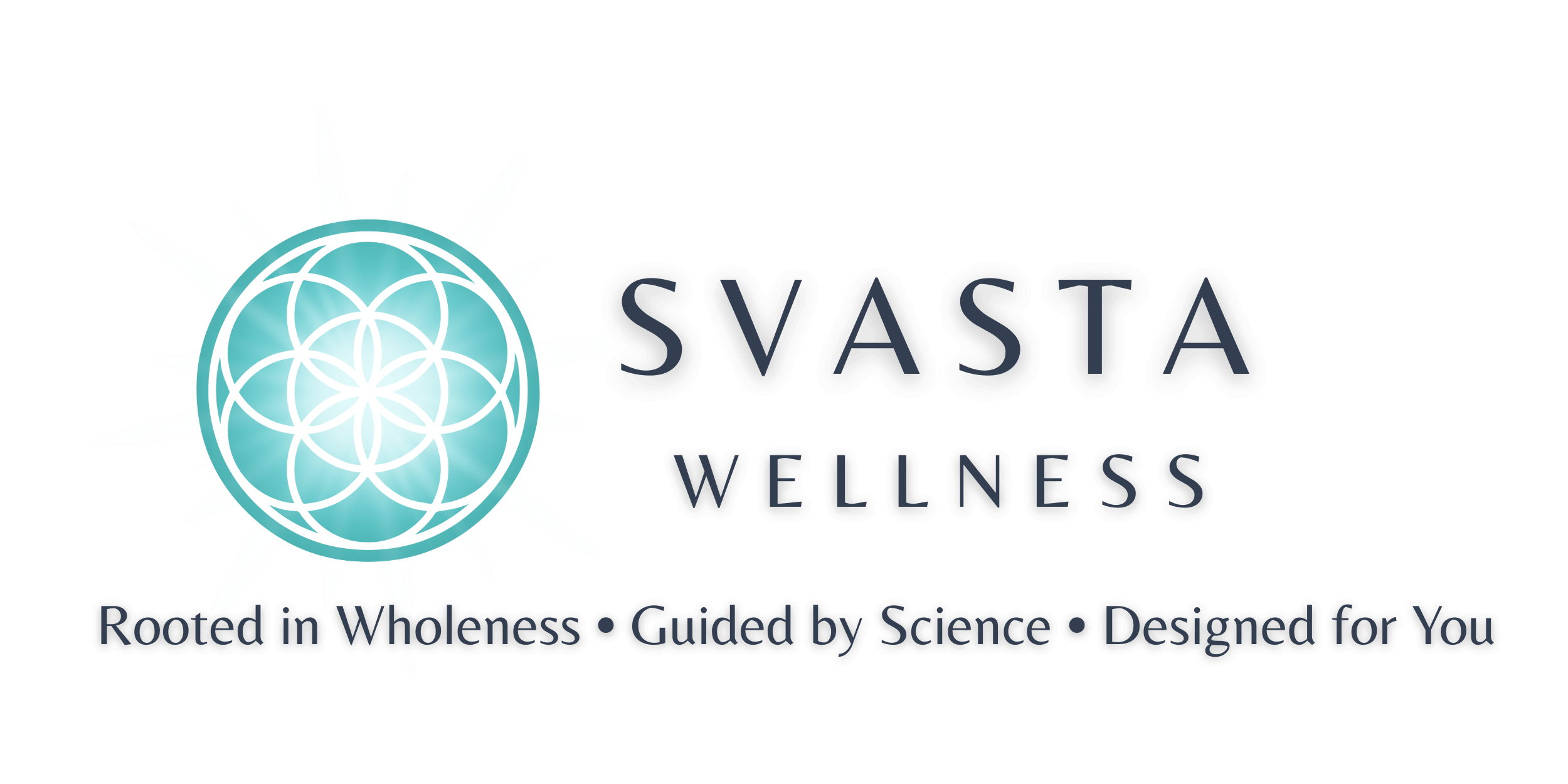

If you’ve ever felt like you’re doing all the right things - eating healthy, exercising, even cutting back on calories, but still not seeing changes in your body composition or energy… it might be time to look at your protein intake.
In midlife, protein isn’t just a “macronutrient”, it’s a metabolic tool. It supports lean muscle, hormone production, blood sugar stability, and long-term vitality.
Yet most women over 40 aren’t getting enough, and the result is often fatigue, weight gain, muscle loss, and slow recovery. Let’s change that.
Why Protein Becomes More Important with Age
Muscle = Metabolic Health
After age 40, women naturally lose 1–2% of muscle mass per year if not actively strength training and supporting it nutritionally [1].
Less muscle = lower metabolic rate, decreased insulin sensitivity, and higher risk of weight gain, injury, and frailty.
Protein Drives Thermogenesis
Protein is the most thermogenic macronutrient, meaning your body burns more calories digesting it than carbs or fats [2].
That means more protein = greater satiety and better metabolism.
Protein Supports Hormone Balance & Longevity
Adequate protein is required to build neurotransmitters, hormones, and enzymes that regulate sleep, mood, and stress response. It also helps preserve bone density and functional strength over time [3].
Signs You May Not Be Getting Enough Protein
- Feeling tired or weak despite eating enough
- Slow recovery after workouts
- Losing muscle or strength
- Brittle nails or hair thinning
- Constant hunger or cravings, especially in the evening
- Difficulty losing body fat despite healthy eating
How Much Protein Do Women in Midlife Really Need?
The old RDA (0.8g/kg) is far too low for active women 40+. Research now suggests:
- 1.2–1.6g of protein per kg of body weight per day, or about 1 gram per ideal body weight pound for active, aging women [4].
- That’s roughly 120-150g per day, depending on your size, goals, and activity level
- Split over 3–4 meals or snacks for optimal absorption and satiety
How to Increase Protein Without Feeling Overwhelmed
1. Start Strong: Protein First Thing in the Morning
Set your blood sugar and appetite up for success.
- Try eggs, Greek yogurt, cottage cheese, tofu scramble, or a high-quality protein smoothie
- Aim for 25–30g in your first meal
2. Build Each Plate with a Protein Anchor
Structure your meals around protein:
- Chicken, fish, tofu, tempeh, lentils, legumes, pasture-raised eggs
- Bonus: add healthy fats and fiber to round out satiety and balance glucose
3. Explore Protein Diversity
Rotate your sources to support digestion and avoid boredom:
- Try plant-based options like edamame, hemp seeds, quinoa, lentils
- Add collagen peptides to coffee or smoothies for extra amino acids
4. Use Strategic Protein Snacks
Snacks can be blood sugar bombs—or an opportunity to support your metabolism. Try:
- Turkey or salmon roll-ups
- Protein bars or shakes (watch the ingredients for added sugars)
- Greek yogurt or cottage cheese with berries and seeds
Conclusion
Protein isn’t about bodybuilding—it’s about staying strong, metabolically resilient, and vibrant as you age.
Getting enough protein in midlife is one of the most empowering and effective tools you have to support energy, mood, metabolism, and longevity.
✨ Want help fine-tuning your nutrition and learning how to use food as medicine at this phase of life?
Schedule Your FREE Discovery Call to explore how The Svasta Method can help you feel stronger, leaner, and more energized—without restriction.
References:
- Janssen I, et al. Skeletal muscle mass and distribution in 468 men and women aged 18–88 yr. J Appl Physiol. 2000;89(1):81–88.
- Halton TL, Hu FB. The effects of high protein diets on thermogenesis, satiety and weight loss. J Am Coll Nutr. 2004;23(5):373–385.
- Rodriguez NR, et al. Protein requirements and optimal intakes in aging: current knowledge and future directions. Nutrients. 2015;7(8):7165–7188.
- Phillips SM, et al. Protein requirements and recommendations for older adults. Nutrition & Metabolism. 2016;13(1):1–6.
















0 Comments